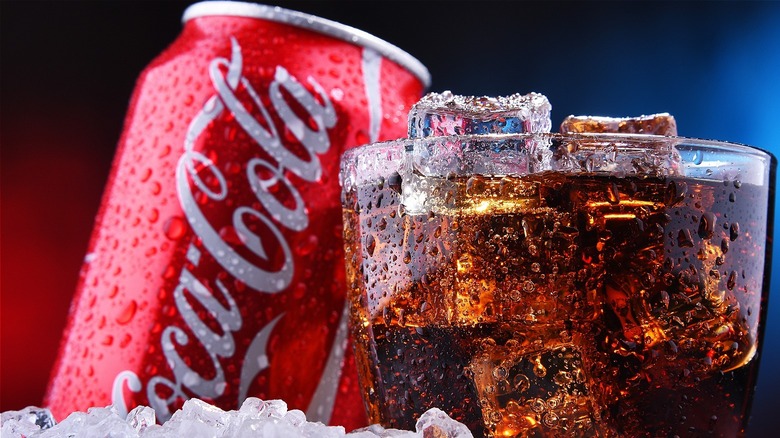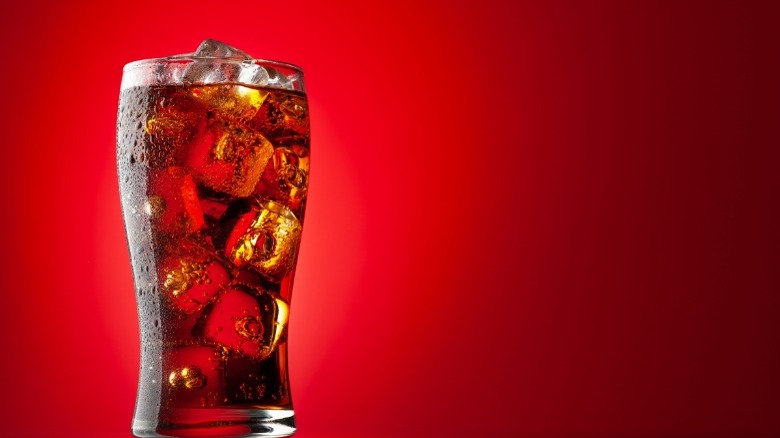What Gives Coca-Cola Its Signature Color?
Coca-Cola is a quintessentially American beverage and has been since it first appeared in Atlanta, Georgia, in 1866. The iconic cola has not changed much since its inception, but what gives Coca-Cola its signature caramel brown color?
As it turns out, the answer to this Coca-Cola color question is a little more convoluted than you might think. The caramel hue comes from ammonia and sulfite compounds, which when heated with corn syrup, create the byproduct 4-methylimidazole (or 4-Mel). In 2011, California categorized 4-Mel as a carcinogen, which would have meant that Coca-Cola would have had to slap a warning label on products sold in the state due to high levels of the chemical compound in the formulation.
Four-Mel isn't just found in Coca-Cola. It is in other food products that have a dark color, like pancake syrup and barbecue sauce. This coloring has no known impact on the taste of food or drinks but has been shown through studies to cause cancer in mice, which led to its carcinogenic classification in California.
Does Coca Cola Still Contain 4-Mel?
While Coca-Cola claimed it would reformulate its beverages to avoid California's cancer warning label, it appears samples of the drink still contain 4-Mel. In a study published by PLOS One in 2015, researchers sampled soda products from New York and California and found that all of the brown-colored drinks sampled (Coke and Pepsi included) registered levels of 4-Mel. Interestingly, they also found significant differences between the amounts of 4-Mel in the samples from California and the sample from New York, meaning that there could be different beverage formulations for the state of California to comply with the state's restrictions on carcinogens.
The FDA claims that humans would have to consume an excess of 4-Mel-containing products every day to get to the levels found to be carcinogenic. Still, it's worth noting that the conversation about 4-Mel adds to the larger discussion about the additives we consume in the United States that are banned in other countries for their potentially dangerous impact on human health.

